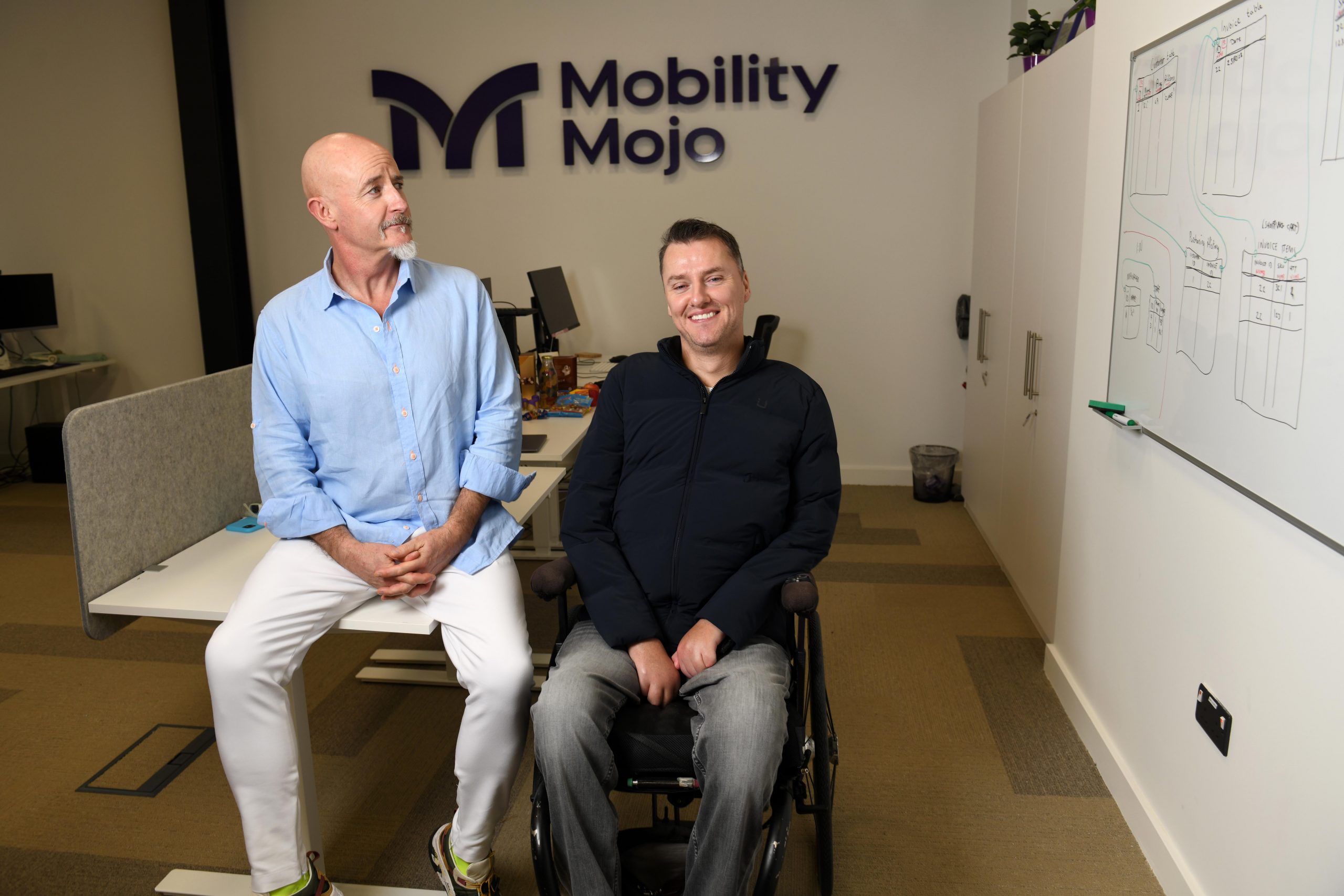Stephen Cluskey is a paraplegic and an optimist. When I ask him, quite bluntly, if Ireland is a good place to have a disability in, he is diplomatic. There are worse places, he says, places where he could be staring at a wall rather than leading a start-up, places in the world where he would be treated as a second-class citizen, or where he couldn’t move around as he does now. Cluskey had an accident when he was 18 years old which left him paralysed from the neck down. Twenty years later, he has now turned an idea for a…
Cancel at any time. Are you already a member? Log in here.
Want to read the full story?
Unlock this article – and everything else on The Currency – with an annual membership and receive a free Samsonite Upscape suitcase, retailing at €235, delivered to your door.

